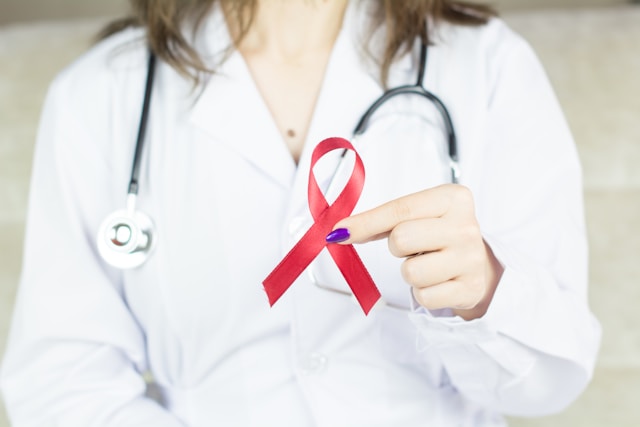whose regional director urges global leaders to focus on health rights and access, stressing the need for greater support for marginalized groups and youth.
On World AIDS Day 2024, the World Health Organization (WHO) calls on the global community to unite in the fight against HIV/AIDS with a focus on rights-based healthcare. This year’s theme, “Take the Rights Path: My Health, My Right!” serves as a powerful reminder of the fundamental human right to health, encouraging leaders and citizens to address the inequalities that prevent access to vital HIV services.
Saima Wazed, WHO Regional Director for Southeast Asia, emphasized the critical importance of creating environments that support people affected by HIV/AIDS, regardless of their social identity. A rights-based approach to healthcare ensures that individuals are not excluded or stigmatized due to their HIV status. WHO’s commitment to ending AIDS by 2030 hinges on dismantling the societal barriers that prevent many marginalized groups from receiving proper care, including key populations such as men who have sex with men (MSM), sex workers, and people who inject drugs.
Embed from Getty ImagesIn the WHO South-East Asia region, 39.9 million people globally live with HIV, with 3.9 million of them in the region. The statistics for 2023 show progress, with 78% of people living with HIV (PLHIV) aware of their status, 66% receiving antiretroviral treatment, and 64% achieving viral load suppression. However, significant challenges remain in reducing the number of new infections, particularly among vulnerable populations, including youth aged 15-24, where new HIV cases are rising.
The WHO’s efforts to address vertical transmission of HIV, syphilis, and hepatitis B are also critical. Champion countries such as the Maldives, Sri Lanka, and Thailand have successfully eliminated mother-to-child transmission of HIV and syphilis, providing hope for future generations. Yet, approximately 53,000 infants are born annually with congenital syphilis, signalling a need for more effective prevention strategies.
Particular attention is given to young people living with HIV, who face unique emotional and social challenges. Many struggle with stigma and discrimination, preventing them from accessing necessary care. WHO is working to close knowledge gaps, especially in regions where sexual education is limited, by advocating for youth-friendly services and comprehensive sexual health education.
Innovative solutions, such as mobile health apps, telemedicine, and virtual support groups, are essential tools in reaching young and key populations who are often hard to access through traditional healthcare methods. Additionally, new biomedical tools, such as PrEP (pre-exposure prophylaxis) and long-acting antiretrovirals, offer hope in the fight against HIV transmission. WHO urges governments, donors, and partners to make these tools affordable and widely accessible.
As the WHO South-East Asia region strives toward the 95-95-95 target—ensuring 95% of people with HIV are diagnosed, 95% are treated, and 95% achieve viral suppression—WHO is committed to collaborating with international partners, governments, and civil society. Together, they will continue to combat stigma and promote health equity for all individuals affected by HIV/AIDS.
